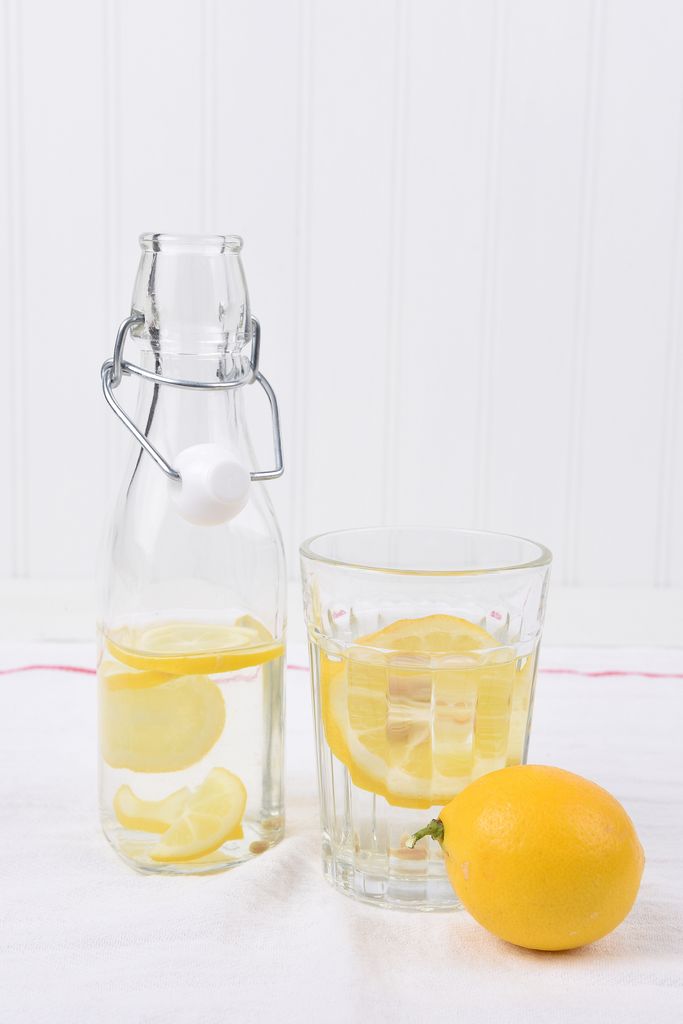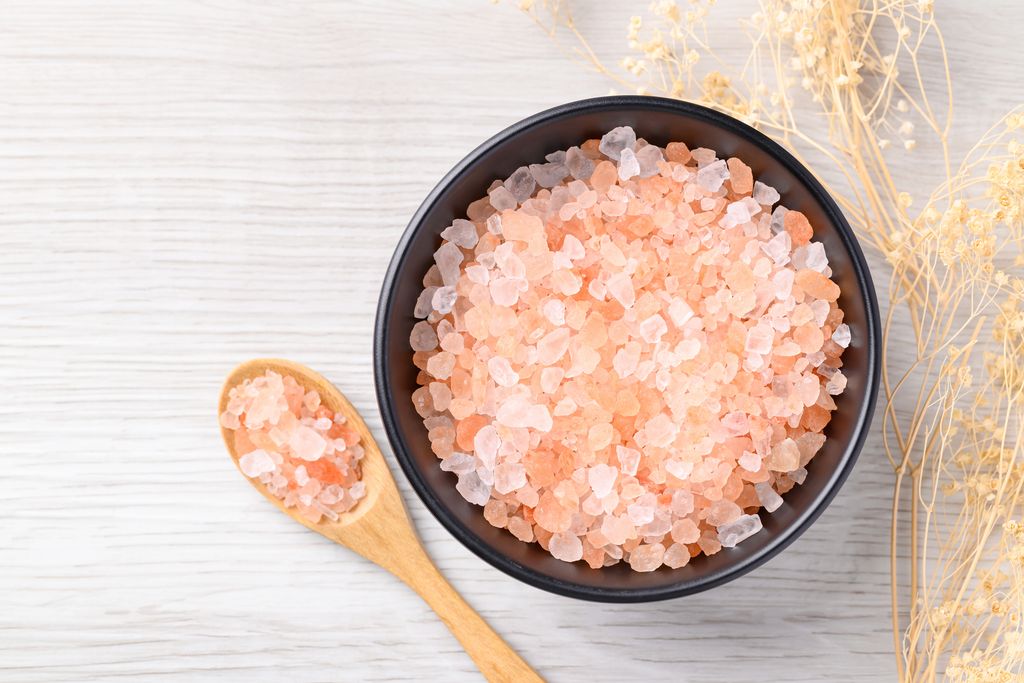The idea that Himalayan pink salt can aid weight loss has exploded online, with glowing testimonials flooding social media that pink salt is nature’s ‘Ozempic’.
Proponents claim that a simple glass of warm water with a pinch of pink salt first thing in the morning can suppress cravings, improve digestion, boost metabolism, and even melt belly fat.
So what’s the truth? As a nutritionist, I’m here to carefully unpack this trend, what it might do and why it likely won’t.
What is the pink salt trend all about?
The most common version of the viral trend, sometimes called the “pink salt trick”, involves dissolving about ¼ teaspoon of Himalayan salt in warm water, often with optional lemon or apple cider vinegar, and drinking it on an empty stomach.
Advocates say it replenishes trace minerals, improves hydration, and jump-starts your digestive system. Some even link it to weight loss through improved metabolism.
This idea has roots in Ayurvedic practice, but modern science takes a more cautious view as these benefits are anecdotal and far from proven.
What it might actually help with
Himalayan pink salt does contain trace minerals like magnesium and potassium, in addition to sodium chloride. These can support hydration and electrolyte balance when your body is dehydrated, such as after sleep or activity.
Some people report reduced bloating and fewer sugar cravings when they start the day this way, likely due to stabilised fluid and electrolyte levels.
Improvements in digestion may come from the warm water itself, which can gently stimulate digestion and offer a gentle laxative-like nudge. But these effects are basic bodily responses, not weight-loss magic.
Why you’re unlikely to see real fat loss
There is no credible evidence that pink salt or any salt-water ritual directly boosts fat burning or metabolism in a meaningful way.
In fact, excessive sodium, especially in the absence of adequate hydration or mineral balance, can lead to water retention and a bloated feeling, which some interpret as weight gain.
Experts and fact-checkers consistently flag this as a wellness trend with minimal real-world benefits, driven by flashy marketing and social media hype, not rigorous science.
When you might want to tread carefully
While a small pinch is unlikely to harm most people, those with high blood pressure, kidney issues, or sodium-sensitive conditions should be especially cautious. Even “natural” salts contribute to total sodium intake and can affect fluid balance and blood pressure.
How you might use it – in a sensible way
If you’re curious to try it, think of it as a hydration ritual rather than a diet hack. Here’s how to do it mindfully:
- Use only about ¼ teaspoon of authentic, food-grade Himalayan salt in lukewarm water.
- Add lemon or vinegar only if it supports your digestion.
- Drink it once a day, ideally in the morning, and follow with a hydrating, balanced breakfast.
- Watch how your body responds, especially with regard to bloating, thirst, and energy.
Above all, don’t rely on it as a weight-loss tool. Real, lasting changes come from balanced eating, portion control, quality sleep and consistent movement.
Himalayan pink salt water may feel refreshing, it can gently support hydration or morning digestion.
But it is not a shortcut to fat loss or metabolic transformation. When combined with thoughtful eating and real habits, it’s a harmless ritual. When used as a replacement for smarter nutritional strategies, it can be distracting or misleading.
Faye James is a Sydney-based accredited nutritionist and author of The 10:10 Diet, The Menopause Diet, The Long Life Plan and her latest book The Perimenopause Plan.
Read the full article here









